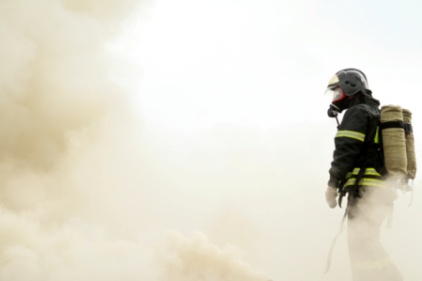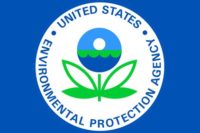EPA agrees to address assess its corrosive dust limits
Suit stems from 9/11 first responders’ health problems

 The U.S. Environmental Protection Agency must consider tightening its corrosive dust limits, after a lawsuit filed on behalf of the World Trade Center first responders who sustained lung damage after toiling in heavily polluted air in the aftermath of the 9/11 terrorist attacks.
The U.S. Environmental Protection Agency must consider tightening its corrosive dust limits, after a lawsuit filed on behalf of the World Trade Center first responders who sustained lung damage after toiling in heavily polluted air in the aftermath of the 9/11 terrorist attacks.
The suit was brought by Public Employees for Environmental Responsibility (PEER) and an EPA chemist who protested for years that the agency’s dust standard is scientifically inaccurate and needlessly jeopardizes the lives of workers and the public.
Ten years after the 9/11 attacks, PEER and chemist Dr. Cate Jenkins filed a formal rulemaking petition urging EPA to toughen up its corrosivity standard. After three more years of what PEER and Jenkins call “agency inaction,” PEER sought a writ of mandamus before the U.S. Court of Appeals for the D.C. Circuit. On October 8, 2014, the court ordered EPA to respond to the petition.
What the EPA says it will do
In a filing adopted this month by the Court, EPA pledged to act on the petition by March 31, 2016 with “an advanced notice of proposed rulemaking, a proposed rule, or a tentative determination to deny the petition.” The Court directed EPA “to file status reports at 120-day intervals beginning July 13, 2015.” Meanwhile, EPA has published contract assignments to provide the technical basis for new standards.
“EPA can no longer hide from this serious public health concern; it finally has to act,” stated PEER Senior Counsel Paula Dinerstein, noting that if the EPA ultimately fails to correct its corrosive dust safety limits, it will be vulnerable to another suit that this decision lacks a rational basis. “Getting agencies like the EPA to admit they have been wrong, especially when many people have died as a result, is no small undertaking.”
From PEER:
“The current 35-year old EPA regulation is ten times more lax than the presumed safe levels for alkaline corrosives set by the United Nations, the European Union and Canada. Alkaline corrosive dust released during building demolition and cement manufacturing can reach levels that can cause chemical burns, especially to respiratory tissue. But under EPA standards these dangerous levels are exempt from hazardous waste regulations. As a result, EPA has never before issued any warning to the public because of the alkaline, corrosive properties of dust from implosion demolitions of large buildings, including at the World Trade Center following the 9/11 attacks.
“One fundamental fallacy of the current EPA standard is a false distinction between water- and non-water-containing materials. The standard overlooks the fact that water-free alkaline materials quickly absorb water from body tissues, particularly the respiratory tract, on human contact. This can result in irreversible chemical burns, particularly after inhalation. In addition, the standards do not recognize that this corrosive dust kills or immobilizes ciliary cells lining the throat and upper respiratory tract, allowing other toxic materials to directly reach deep inside the lungs.”
Looking for a reprint of this article?
From high-res PDFs to custom plaques, order your copy today!








.jpg?t=1721257160)